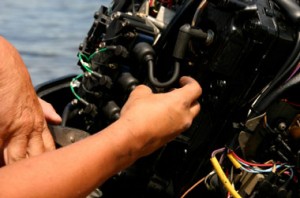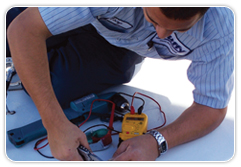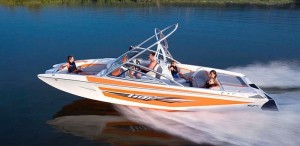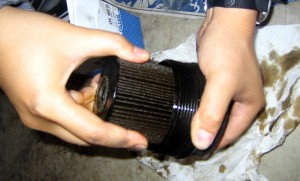Outboard Motor Maintenance: Part One
 Changing your outboard motor oil and coolant is crucial to ensuring the longevity of your motor, but it isn’t enough. Without routine maintenance, your outboard motor will begin to corrode. While taking the cover off the motor may be intimidating, basic maintenance of an outboard motor is simple for virtually anyone with a set of tools. However, if you aren’t a mechanic, it is wise to bring the boat in periodically to have the compression, pressure, water pump and other esoteric systems tested.
Changing your outboard motor oil and coolant is crucial to ensuring the longevity of your motor, but it isn’t enough. Without routine maintenance, your outboard motor will begin to corrode. While taking the cover off the motor may be intimidating, basic maintenance of an outboard motor is simple for virtually anyone with a set of tools. However, if you aren’t a mechanic, it is wise to bring the boat in periodically to have the compression, pressure, water pump and other esoteric systems tested.
Once you have taken the boat in for inspection, most of the maintenance will only take a few minutes. First, flush the engine after every outing, especially if you are in salt water. You only need to flush the engine for 10-15 minutes, but this will successfully rid the system of any sand, dirt or debris that may have been sucked up.












